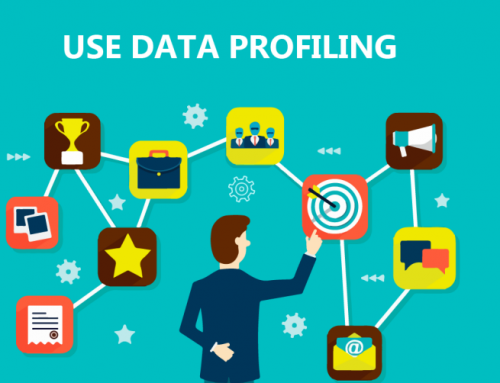
In the era of big data, organizations are relying more and more on data to drive their decision making process. It is imperative that this data is trustworthy, accurate, and consistent. Enter Data Lineage.
Data Lineage is the process of tracing the origin and evolution of data within an organization. It provides a clear and complete picture of the journey of data, including how it was created, transformed, and used. Data lineage is a critical component of data governance, which is the overall management of data assets within an organization.
The importance of data lineage stems from the need to understand the context and quality of the data that is being used for decision making. Data lineage enables organizations to identify any errors, inconsistencies, or anomalies in the data and correct them. It also helps to ensure that data is used in compliance with data privacy and security regulations.
Data lineage is typically visualized as a flowchart or a diagram that depicts the origin and evolution of data. It provides a comprehensive view of the different stages of data processing, including data extraction, transformation, and loading. This information is then used to create a clear understanding of the relationships between data sources, and to identify potential bottlenecks or areas for improvement.
In conclusion, Data Lineage is a critical component of data governance that provides organizations with the ability to understand the journey of their data. It enables organizations to make informed decisions based on accurate and trustworthy data, and to maintain compliance with data privacy and security regulations. Whether you are dealing with big data or small, implementing data lineage is a necessary step in ensuring the quality and reliability of your data.
Who will use data lineage?
- Data analysts and scientists
- Business intelligence specialists
- Data governance professionals
- Data engineers and architects
- Database administrators
- Compliance officers
- Auditors
These people use data lineage to trace the history, transformations, and dependencies of data elements within an organization’s data infrastructure, which can help with a variety of tasks, such as data quality management, regulatory compliance, and impact analysis.
Benifits of data lineage
Traceability: Enables tracing of data from its origin to its final destination, providing a clear understanding of how data has been transformed and used throughout its lifecycle.
Audibility: Helps in auditing and compliance by providing a clear view of the data’s history, who has access to it, and what actions have been performed on it.
Data Governance: Supports data governance by providing a clear view of the relationships between data entities, improving data quality and reducing errors.
Improved Decision-Making: By providing a clear view of the relationships between data entities and the transformations performed on them, a data lineage tool helps in making better informed decisions.
Improved Efficiency: By automating the tracking and documentation of data flows, a data lineage tool can significantly improve the efficiency and speed of data-related processes.
Why data lineage is important?
- Compliance and Auditing: Data lineage can help organizations meet regulatory and compliance requirements by providing a clear and comprehensive record of how data has been handled, processed, and stored.
- Data Quality: Data lineage can help organizations improve the quality of their data by identifying where data has been transformed, and by whom, so that any issues can be quickly resolved.
- Data Trust: Data lineage provides transparency into the origin and transformations of data, enabling organizations to build trust with their customers and stakeholders.
- Data Governance: Data lineage can support effective data governance by helping organizations to understand the relationships between data elements and how data is used throughout the organization.
- Debugging and Troubleshooting: Data lineage can help organizations quickly identify and resolve issues with their data by providing a clear understanding of the flow and transformations of data.
- Data Reuse: Data lineage enables organizations to leverage existing data assets by making it easier to understand the origins and history of data.
- Decision Making: Data lineage provides valuable insights into data usage, enabling organizations to make informed decisions based on accurate and trustworthy data.
How to obtain data lineage from an organization’s data infrastructure?
Identify data sources: Determine all the sources from where data is being generated, processed, and stored. This can include databases, applications, APIs, and other systems.
Map data flows: Create a visual representation of the flow of data from its source to its end-use. This map should include details about data transformations, enrichment, and storage at various stages.
Document metadata: Keep track of metadata such as data definitions, relationships between data elements, and any data quality rules.
Use data management tools: Leverage data management tools such as data catalogs, data dictionaries, or data governance software to manage and document data lineage. These tools can help automate the process of tracking data movements and transformations.
Implement data governance policies: Ensure that data lineage is maintained by implementing data governance policies that outline the roles and responsibilities of various teams and individuals involved in managing data.
Regularly review and update: Regularly review and update the data lineage information to keep it accurate and up-to-date. This is important as the data infrastructure and data flows can change over time.
Synonyms of data lineage
Data lineage mapping
Data flow mapping
Data genealogy
Data provenance
Data history tracking
Data lineage visualization
Data lineage management
Data lineage tool
Data lineage software
Data lineage solution
Data lineage framework
Data lineage and metadata management
Data lineage in data governance
Data lineage and data quality
Data lineage in data warehousing
If you enjoy reading this, then, please explore our other articles below:

